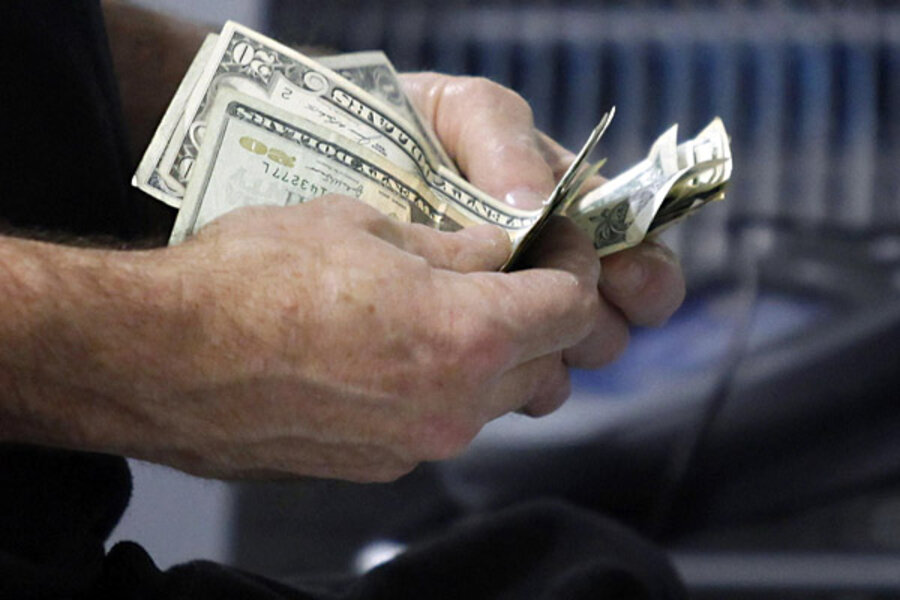US savings rate falls to housing bubble lows
Loading...
The U.S. savings rate fell dramatically in January, from 6.4% to 2.4%. This mostly reflected the fact that income and savings was temporarily boosted in December by advance salary and dividend payments in anticipation of higher tax rates, but it also seems that for January, Ricardian equivalence was mostly confirmed.
Indeed, one could argue that it was entirely confirmed as spending didn't fall at all, while the savings rate fell sharply not only from the December level but also from the levels earlier in 2012. However, as some of the salary and dividend payments that were made in advance in December would have normally been made in January, it would seem that underlying income (and therefore also savings) was probably somewhat higher than formal income. We will have to wait a few more months to see if the savings rate recovers.
If it doesn't, then it is at a ominously low level, as the household savings rate was 2-2.5% during the housing bubble, the same level as in January.








